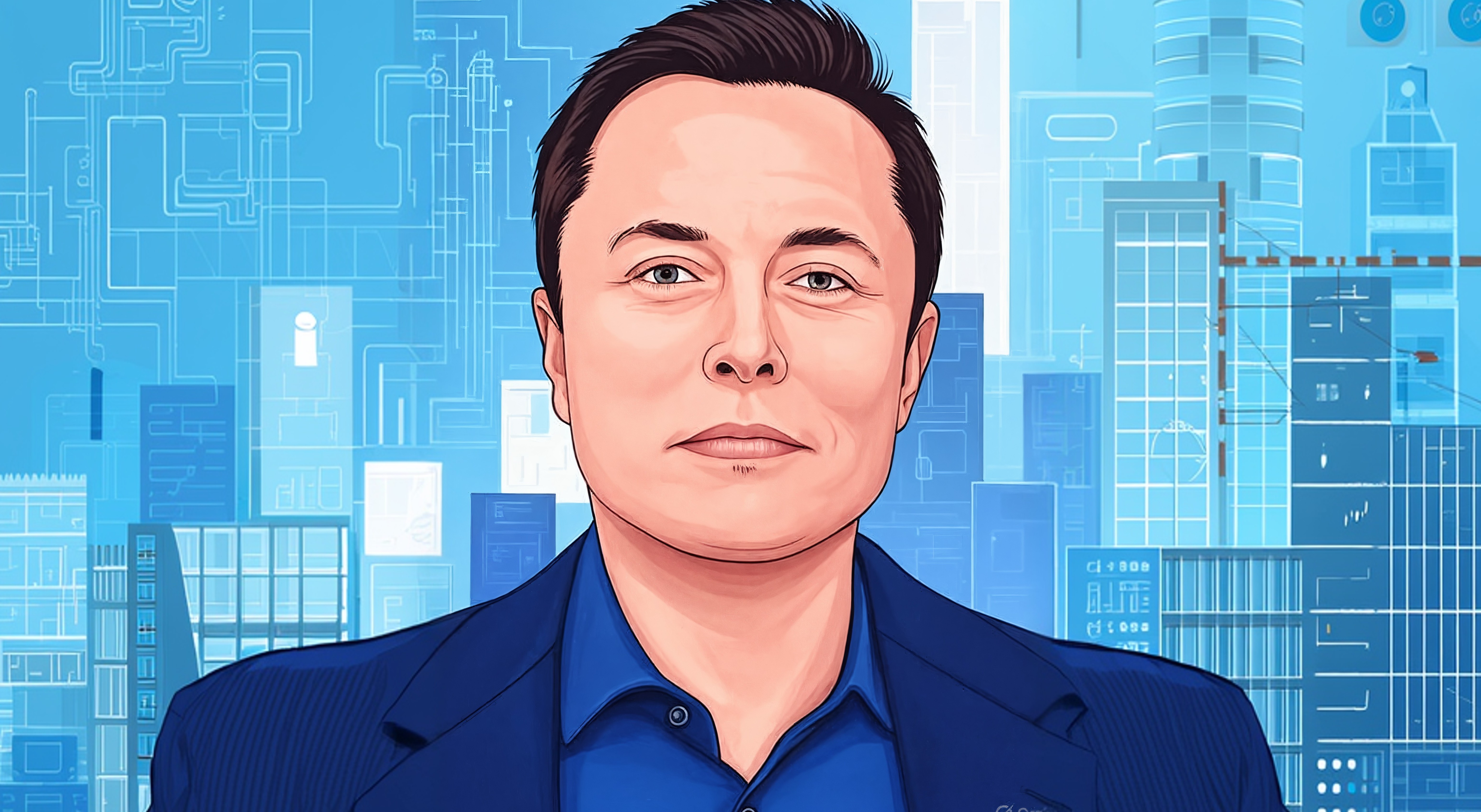
Netflix's Judicious Dive into Interactive Chaos
Netflix, that behemoth of binge-watching, has decided it's not enough to just beam shows into your living room. Now they're engineering a full-on assault on your attention span, mixing interactive gimmicks with physical playgrounds that scream 'Squid Game' without the actual death traps. Co-CEO Greg Peters, in a recent earnings call, painted this as a 'judicious' expansion—code for throwing money at ideas without going full Enron. But let's peel back the layers: is this genuine innovation or just another tech giant's fever dream to keep subscribers hooked in an era where everyone's fighting for eyeballs?
The Interactive Gambit: From Passive Viewing to Player Control
Remember when Netflix was just a DVD mailer dodging Blockbuster's corpse? Fast-forward to now, and they're peddling interactivity like it's the new black. Peters touts it as enhancing linear storytelling, unlocking experiences that make you feel like you're directing your own episode of 'Black Mirror'—minus the existential dread, hopefully. They're testing real-time voting on shows like 'Dinner Time Live with David Chang,' where viewers mash buttons on their phones to influence the chaos. Come January, the 'Star Search' revival promises more of this, turning passive couch potatoes into armchair judges.
This isn't random experimentation. Netflix has pivoted its gaming strategy hard, zeroing in on multiplayer party games playable on your TV with smartphones as controllers. No clunky consoles needed—just grab your phone and dive into titles based on their own franchises, like 'Squid Game Unleashed,' or mainstream hits like 'Grand Theft Auto: The Trilogy.' It's a slick move, leveraging the ubiquity of smartphones to make gaming feel as effortless as scrolling through recommendations. Peters hints at creators innovating with these 'advanced controllers,' which sounds like a polite way of saying 'expect your phone to do tricks it wasn't designed for.'
But here's the rub: in a market where Roblox and Fortnite already let kids build empires and battle royales, Netflix is playing catch-up. Their 'judicious' investment—over $20 billion in content for 2025—includes kids' titles and international productions, aiming to blend gaming with storytelling. It's a calculated bet that interactivity boosts retention, turning one-off watches into ongoing engagements. Yet, with no in-app purchases, it's all baked into the subscription, a differentiator from the nickel-and-diming of traditional gaming platforms.
Blurring Lines: AI and Data in the Mix
Under the hood, this interactive push dovetails with AI and machine learning wizardry. Netflix isn't just collecting your watch history; now they're mining how you vote in live events or play their games. This data goldmine fuels personalized recommendations that adapt on the fly, creating a feedback loop where your choices shape future content. Imagine an algorithm that knows you love underdog stories and tweaks a game's narrative accordingly—it's like having a psychic director in your pocket.
Experts see this as Netflix evolving into a hybrid platform, where AI-driven personalization makes experiences feel bespoke. In the broader consumer tech landscape, it's part of a convergence trend, smashing together streaming, gaming, and social media. But let's not kid ourselves: this is also about combating churn in a crowded field. With over 300 million subscribers globally, Netflix needs sticky features to fend off Disney's fairy tales and TikTok's endless scroll.
Phygital Fantasies: Netflix House and the Real-World Hustle
If digital interactivity wasn't enough, Netflix is storming the physical realm with 'Netflix House' venues launching in Philadelphia and Dallas later in 2025. Picture immersive zones tied to hits like 'Stranger Things' and 'Squid Game'—themed dining where you eat like you're in the Upside Down, interactive challenges that test your survival skills, and retail ops peddling exclusive merch. It's a blatant grab at experiential marketing, turning fans into walking billboards who share their adventures on social media.
This 'phygital' strategy—melding physical and digital—responds to consumers craving shareable thrills beyond the screen. Industry watchers call it a high-growth sector, a way to diversify revenue without hiking subscription fees. Think of it as Netflix's answer to Disney's theme parks, but without the mouse ears and billion-dollar budgets. By creating these touchpoints, they're deepening loyalty, gathering even more data on what fans crave, and potentially partnering with immersive design firms like Sentient By Elysian to keep the environments dynamic.
Yet, in the fintech and web3 angle, there's untapped potential here. Could Netflix House integrate blockchain for exclusive NFTs tied to experiences? Or use web3 wallets for seamless payments in themed shops? So far, it's all traditional, but the lines are blurring. Competitors like Roblox already dabble in virtual economies, and Netflix's foray could evolve into something more decentralized if they play their cards right.
Competitive Pressures and the Attention Economy
Netflix's moves come amid a maturing streaming market, where differentiation is key. Revenue jumped 17.2% year-over-year in Q3 2025, buoyed by these initiatives, but the landscape is brutal. Tech giants like Amazon and Apple loom, while social platforms like TikTok redefine engagement through user-generated chaos. Netflix's focus on 'judicious' spending—high-quality over quantity—avoids the overexpansion pitfalls that sank lesser players.
Analysts praise this as a long-term play for engagement, not quick cash. By avoiding ransomware-like cyber threats or disruptive hacks—staying clear of the dark side of tech—Netflix positions itself as a safe, innovative haven. But the irony? In chasing interactivity, they're essentially turning viewers into unpaid content creators, voting and playing to feed the machine.
Future Horizons: Predictions and Pitfalls
Looking ahead, Netflix could redefine entertainment as a seamless blend of watch, play, and interact. AI advancements might deliver hyper-personalized stories that branch based on real-time inputs, making every session unique. Physical expansions like Netflix House could go global, partnering with theme park operators or retailers to scale.
But predictions aren't all rosy. If these initiatives flop—say, if interactive features feel gimmicky or venues turn into ghost towns—Netflix risks alienating core subscribers who just want to veg out. In a consolidating industry, cross-sector deals could challenge their lead, especially from regional players or web3 upstarts pushing decentralized content.
Recommendations? Double down on data privacy in this AI-fueled ecosystem—users will bolt if they feel like lab rats. Explore fintech integrations judiciously, perhaps tokenizing experiences without veering into crypto hype. And keep innovating organically; copying Fortnite wholesale won't cut it.
Wrapping the Stream: Key Takeaways
Netflix's interactive expansion is a bold, if cautious, thrust into uncharted territory, blending consumer tech with AI smarts and physical escapades. It's a response to convergence trends, aiming to build an ecosystem that's more than just shows—it's experiences that stick. Success hinges on balancing innovation with user trust, turning potential chaos into sustained growth. In this fragmented entertainment war, Netflix isn't just streaming; it's engineering the future, one interactive vote at a time.
Comments
Read more

Fandom's CEO Exit: Ad Hell and Wiki Woes
Perkins Miller bolts from Fandom amid ad overload and acquisition chaos, signaling turbulent times for the fan wiki giant.

Roku Bargains and EA's Mega Buyout Exposed
Dive into Roku's killer deal and EA's $50B privatization plot, uncovering tech's absurd money games and consumer wins.

Tech Giants Push AI Amid Regulatory Winds
Exploring Meta's anti-regulation PAC, Apple's payment expansion, and Rokid's smartglasses as indicators of evolving tech strategies and competitive dynamics.